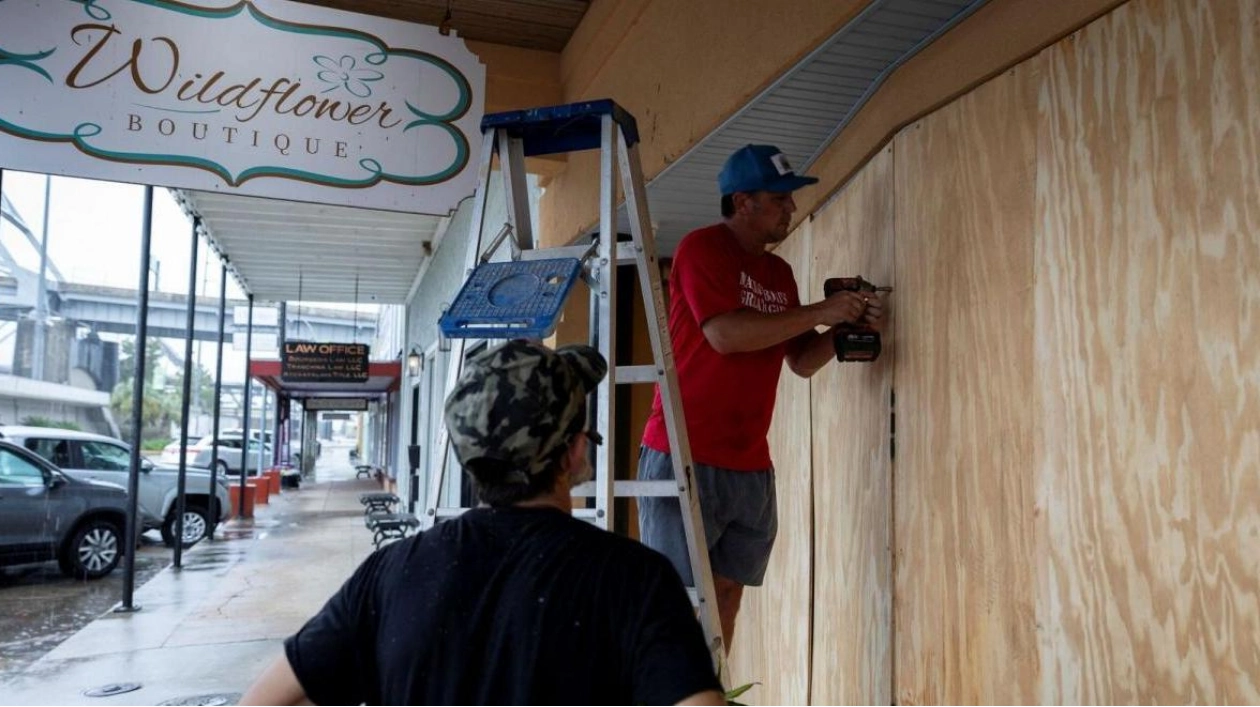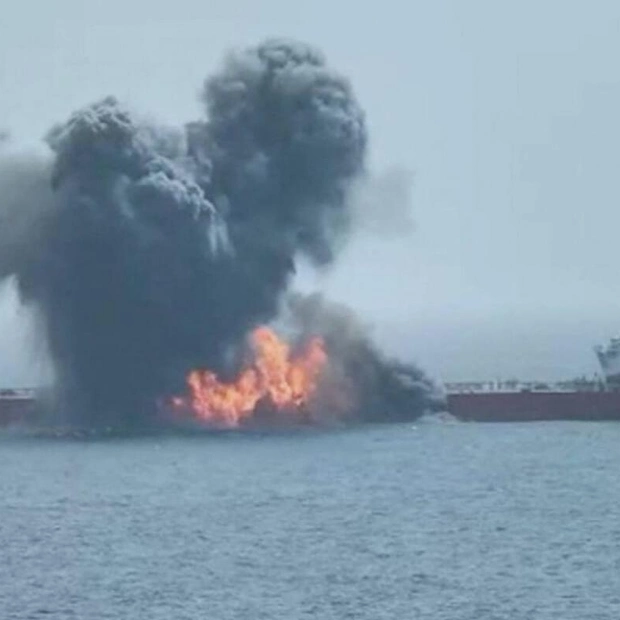Hurricane Francine posed a significant threat to New Orleans and the broader Gulf Coast, extending as far east as the Alabama and Florida border on Wednesday. This storm led to the shutdown of a quarter of oil and gas production in the Gulf, while parishes across Louisiana issued evacuation orders. According to an advisory from the US National Hurricane Centre, the hurricane was approximately 315 kilometers southwest of Morgan City, Louisiana, moving northeast at a slow pace with winds of 145 kilometers per hour. The storm was classified as a Category 1 hurricane on the Saffir-Simpson scale and was expected to intensify into a Category 2 hurricane before making landfall on Wednesday night in south-central Louisiana, as per the National Weather Service.
Early on Wednesday morning, the service warned that conditions were likely to worsen throughout the day, with the hurricane threatening coastal areas with storm surges of up to 2.7 meters. The service urged immediate completion of all preparations on X, stating, "Make sure you have all preparations rushed to completion ASAP! Then, prepare to hunker down & shelter in place through the overnight hours." Storm surge watches or warnings were issued along the Gulf Coast of Louisiana, Mississippi, and Alabama.
In coastal Cameron Parish, Louisiana, about 322 kilometers west of New Orleans, a worker at Bayaks County Store reported that the establishment would remain open for a few hours on Wednesday morning for anyone needing last-minute supplies. However, no customers had visited the store. "The store is open, but we have no customers," the clerk said. "Everyone ran out of town." Meanwhile, in Morgan City, a curfew was set from 11 am on Wednesday until 6 am on Thursday, according to the city's police chief, Chad Adams. "We want everybody to just kind of shelter in place," he said, referring to the city's 11,000 residents.
Louisiana Governor Jeff Landry declared a state of emergency in anticipation of the storm, warning of torrential rainfall, damaging winds, and possible tornadoes. President Joe Biden also declared a federal state of emergency for the state to expedite any necessary relief or rescue efforts. Several parishes, or counties, on or near the Louisiana Gulf Coast issued mandatory evacuation orders, and the state transportation department issued evacuation maps. The city of New Orleans was distributing sandbags at five sites.
The Hurricane Center forecasted the storm to reach Category 2 status before weakening over land as it moved north, with maximum sustained winds ranging from 154 to 177 kilometers per hour. Francine was expected to produce rainfall of 10 to 20 centimeters, with local amounts potentially reaching up to 30 centimeters for the central and eastern Gulf Coast through Thursday night, according to the weather service. As the storm passed in a northeastern direction parallel to the Texas coast en route to Louisiana, oil and gas producers abandoned many of their Gulf of Mexico platforms, taking offline about a quarter of energy production, as reported by the US Bureau of Safety and Environmental Enforcement on Tuesday.
The storm also stands to test liquefied natural gas export plants recently built in the region, which accounts for about 15 percent of US oil production and two percent of natural gas output. Any major storm near Louisiana inevitably evokes memories of Hurricane Katrina, the 2005 storm that devastated New Orleans and surrounding areas, killing nearly 1,400 people and causing $125 billion in damage, according to a 2023 hurricane center report.






